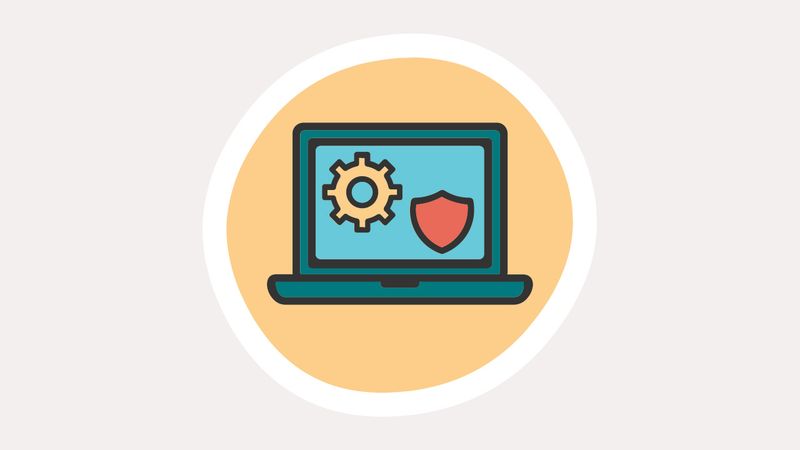Ensure Student Privacy & Secure Inclusive Practices

Get Started Developing a Strategic Plan:
Districts are required, at minimum, to follow federal laws to protect student data and ensure the security of the educational systems. In addition, many states have more robust laws than the federal requirements. School officials, families, and device and software developers must be mindful of how data privacy, confidentiality, and security practices impact students.
Practice: The district ensures all learners' data and personal information are secure to minimize risks.
Actions to ensure privacy and secure inclusive practices:
- Uphold best practices.
- Support and train staff.
- Proactive implementation.
- Inform families.
- Modernize data
Resources
- Student Data Privacy Consortium,external site A4L
- Cybersecurity Toolkit,external site CoSN
- Data Modernization,external site SETDA and Cybersecurity Legislation Report 2021, CoSN
- Data Interoperability 101,external site Project Unicorn
- Data Interoperability Rubric,external site Project Unicorn
- Protecting Student Privacy,external site U.S. Department of Education
- CoSN 2021 Cybersecurity Legislation Reportexternal site
- K-12 School Security Guide,external site Cybersecurity and Infrastructure Security Agency (CISA)
- Trusted Apps and Data Privacy,external site 1EdTech